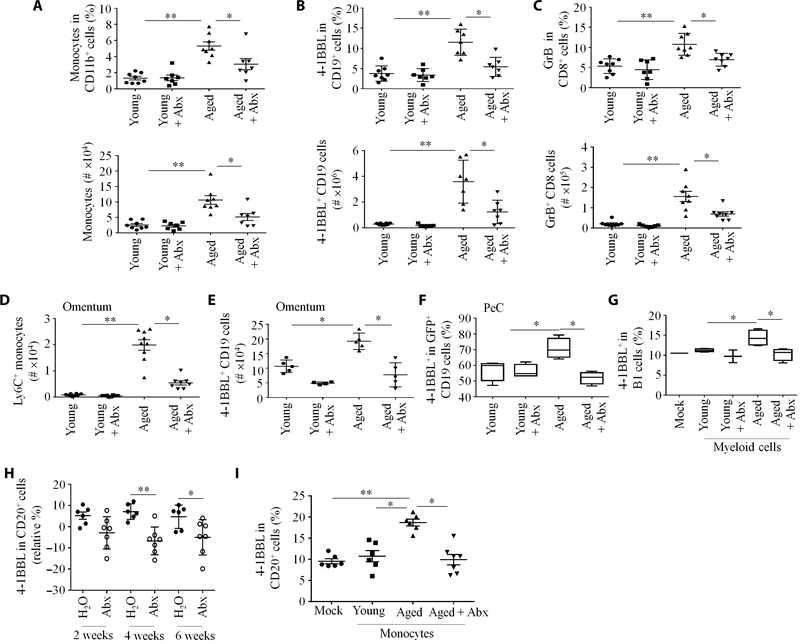Fig. 3. Enrofloxacin (Abx) treatment eliminates the accumulation of monocytes and 4BL cells in aged mice.
(A to G) Young and aged mice (n = 7 to 9 per group) were treated with Abx (170 mg/liter) in drinking water for 3 to 4 months; representative results of experiments reproduced at least three times. The frequency (top) and absolute counts (bottom) of (A) monocytes, (B) 4BL cells, and (C) GrB+CD8+T cells in PeC were quantified. (D) and (E) show absolute counts of Ly6C+ monocytes and 4BL cells, respectively, in the omentum of aged mice. (F) Abx-treated mice were intravenously injected with GFP+ B1 cells from young mice to assess 4BL cell conversion in vivo after 5 days (n = 8 to 10 per group). (G) To evaluate the importance of monocytes in the 4BL cell conversion, flow-sorted PeC myeloid Lin−CD11b+ cells from mock- or Abx-treated young or aged mice were cultured overnight with eFluor450+ PeC B cells from young mice at a 1:1 ratio (n = 6 to 8 per group). (H) Abx treatment decreased 4–1BBL CD20+ B cells in the peripheral blood of elderly macaques (each symbol represents one individual; n = 6 to 7 per group). (I) Abx treatment impaired the monocyte-mediated 4BL cell conversion in macaques. CD14+ monocytes from saline (mock)- or Abx-treated aged macaques were cultured overnight with eFluor450+ CD20+ cells from young macaques (n = 6 to 7 primates per group). *P < 0.05 and **P < 0.001 (Kruskal-Wallis test, Dunn’s test for multiple corrections).

